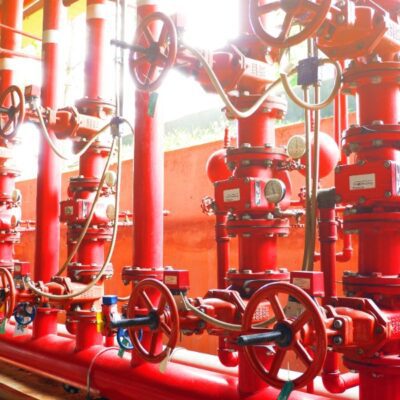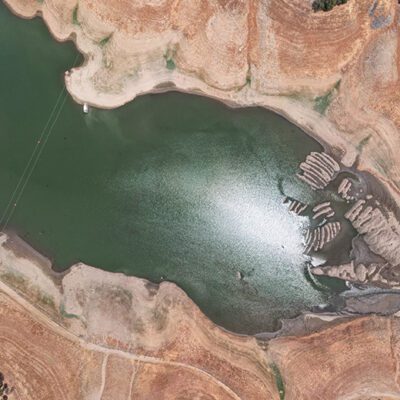Water risk—the chance that droughts, floods, and aging infrastructure make water more expensive or unavailable for normal use—is growing for many organizations. My colleagues recently explained why and what to do about it. But what is the cost of water risk, and what are the consequences of inaction?
Impact of Water Risk on Business Continuity
Organizations protect business continuity by having a plan to minimize disruption to operations in the event of a difficult situation. In the case of water, these difficult, and often expensive, situations arise from several categories of water risks.
| Risk Type | Examples |
| Physical Risk |
|
| Financial Risk |
|
| Regulatory Risk | |
| Reputational Risk |
|
These risks can disrupt or, in extreme cases, halt operations, leaving an organization unable to provide their services or products, or to grow. Businesses and universities may be faced with increased operating costs, fines, or regulatory recourse, as well as potential damage to their image or brand. All these outcomes can be costly.
Of over 1,000 companies that disclosed their water resiliency situation to CDP in 2021, 69% reported that water risks could significantly impact their business. The potential impact was estimated at $225 billion USD, while the cost of response was estimated at $119 billion USD.
The cost of inaction is nearly double the cost of action. Valuing water through the lens of business continuity can help organizations quantify the importance of addressing water risk.
Where Water Risk Occurs
To determine risk exposure, organizations must consider all areas where water is critical to their business from owned operations to supply chain. They must also engage practitioners across their organizations, including from Sustainability; Environment, Health, and Safety; and Operations. This broad engagement ensures risks are being assessed in a wholistic way.
Water Needed for Owned Operations
From cooling and heating to sanitation and processing, many systems at university and commercial facilities depend on water. Organizations can mitigate risks at these facilities and protect business continuity by following a couple of key steps.
Many organizations struggle to even quantify water usage because their water data is unreliable and fragmented. To combat this, they can improve metering and reporting across facilities. This effort provides organizations a baseline of their water footprint. Facilities can then monitor water use to measure and improve their water efficiency.
Organizations can improve water efficiency by altering how existing equipment operates (e.g., cooling tower cycles of concentration), changing water use behaviors, adding water efficient equipment, or implementing technology for swift impact (e.g., waste or stormwater reuse). In all cases, organizations will minimize their reliance on freshwater utilities and bolster their resilience.
Water Needed for Supply Chain
For some companies, water risks manifest in their supply chain more than inside their own fence line. For example, many organizations source important products that are manufactured in water-intensive facilities, so their suppliers’ water risk becomes their own.
Organizations can require or encourage suppliers to identify their own water risks and develop an understanding of their water footprint. Some businesses choose to implement supplier standards that promote suppliers that are proactive in addressing potential risk.
Leading corporations can also help suppliers identify and implement water resiliency solutions at scale. Reducing the impacts of water risks at one link of a value chain trickles down (and up) to increase resiliency across the business.
For example, Apple implemented a Clean Water Program in 2013 which has since saved 50.3 billion gallons of freshwater per their 2022 progress report.
Getting Started
In your owned operations and supply chain, an effective water strategy to protect business continuity identifies key risks, quantifies water use, applies efficiency measures, and increases redundancy. Once water resiliency solutions are identified, implementing change often requires making the economic case to key stakeholders.
Ensuring water is valued to encompass the operational risk it poses is critical when making these assessments. My colleagues at Coho will address the valuation, or true cost of water, in our next blog.



